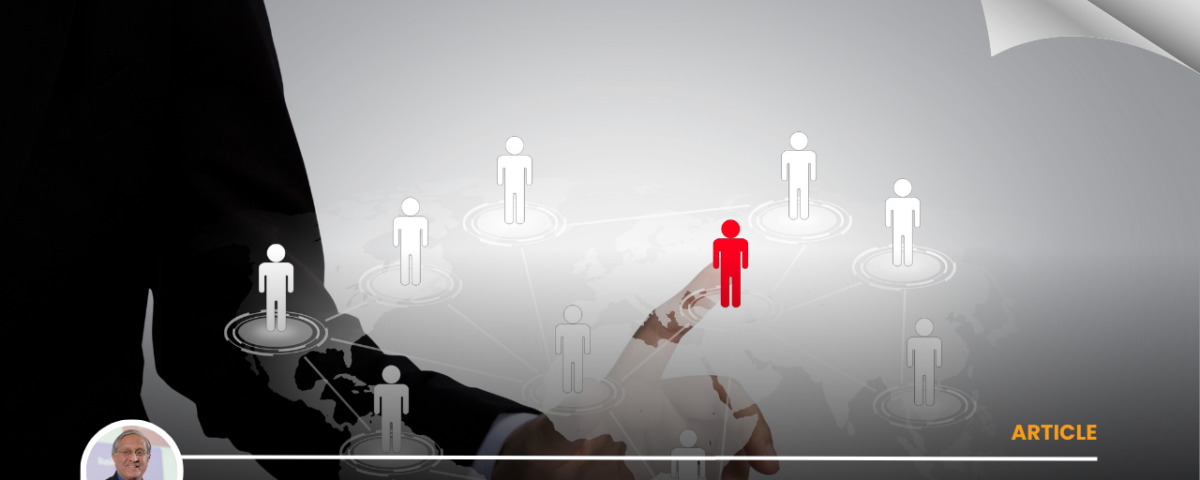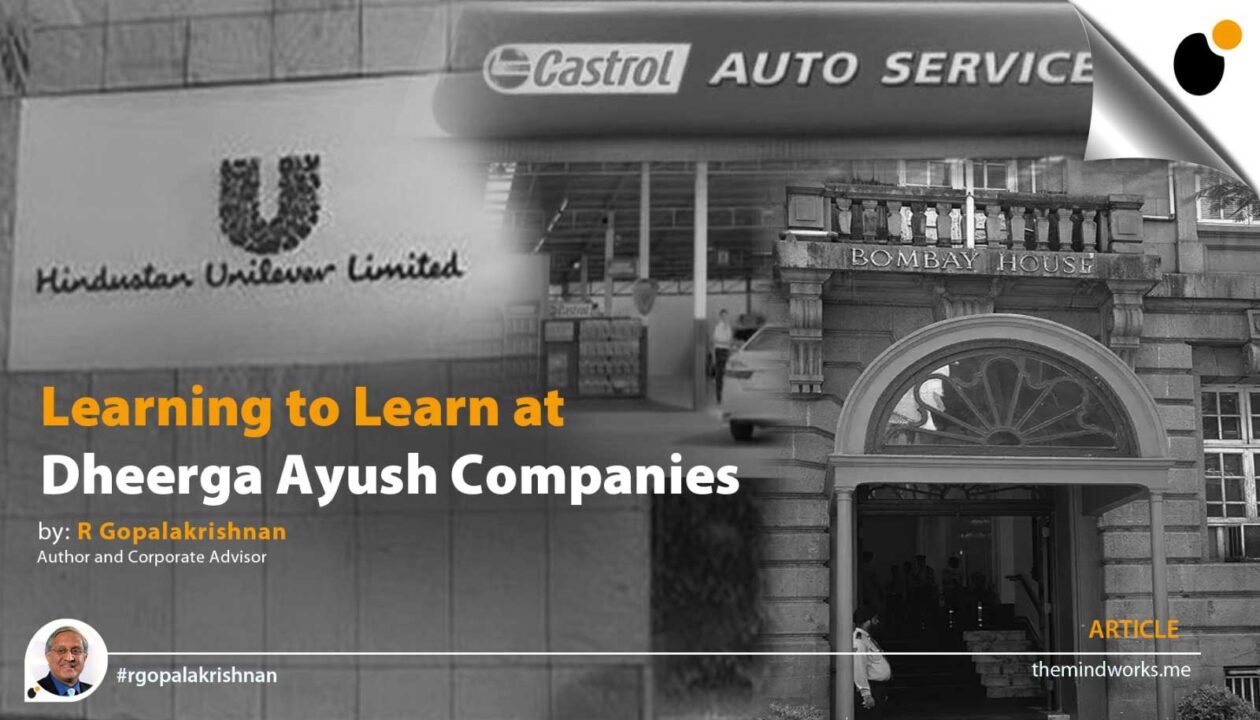‘Transforming organizations’: a series in New Indian Express.
Vaccinate companies to reduce infant mortality
By R Gopalakrishnan
(The writer is an author and business commentator. His articles and videos can be accessed on his website www.themindworks.me and his email ID is rgopal@themindworks.me)
Think corporate immunology and people power as a vaccine. In the last two columns, we reviewed first, the importance of a holistic approach for transformational leaders, and second, a view of corporate neoteny (youthfulness) through an anthropological lens. In this piece, we will view the subject through an immunological lens. Why immunology, of all things?
I worked long for a highly successful global soap maker, Unilever. I was often ribbed about wasting my career by serving the run-of-the-mill cause of cleaning. During covid, the New York Times reported what I had not learned over several decades: that when soap meets water, it develops molecules shaped like a pin. The sharp, oil-loving end of the pin loves oils. Pins seek out bacteria and viruses, which are encased in an oil film. The pin punctures and kills the spike-like virus, thus preventing the virus from spreading. Wow, I thought.
I further learned that, according to the United Nations, soap saves millions of kids from child mortality. If impact on people’s lives is a criterion, then it is not a bad way to spend one’s career. Vaccines also protect. During the 1800s, health workers and scientists found that kids could be vaccinated to improve their immunity to the scourge of smallpox.
Corporate crises demonstrate that, like humans, organizations also need to guard against invisible attacks. Leaders cannot assure thriving organizational health while ignoring invisible attackers. My uncommon prescription to neutralize invisible attacks on companies is to unleash people power—the commitment, collaboration, motivation, and loyalty of employees. Yes, it does come through as old-fashioned in this era of WFH and moonlighting, but well-tested techniques outlive ephemeral fads.
It is for leaders to re-imagine their company’s people agenda; HR can help execute, just as the violinist cannot be assigned the task of the orchestra conductor. Unleashing people power comes through as a soft agenda, centering around collaboration, culture, and positivity. However, it helps to make a company resilient in the face of attacks from corporate viruses and bacteria. Committed and engaged people are the best immunity for corporate long-life: think of Godrej, Bajaj, Unilever, and Tata.
For a company, a viral attack manifests as employee apathy, disengagement, inconsistent leadership behavior, and negativity in the workplace. Leaders tend to focus on efficiency at the expense of human empathy. To connect immunology with a company, I studied the writings of Prof. Michael Watkins, an immunologist-turned-management academic. I was inspired by his writings (HBR.org, 11th June 2007). The human immune system is an active communication network among a complex set of cells, antibodies, and signaling mechanisms, as indeed a company ecosystem is.
The human ecosystem is arranged in three layers: the outermost is the physical layer, like our skin and the mucous system; the second is the genetic layer, which is the protective layer of cells that we are born with; finally, there is the adaptive layer, which refers to the mechanisms that recognize and respond to an attack.
What are the equivalents for a company? Corporate immunity is provided in three layers: the physical (people’s collaboration), genetic (purposeful culture), and adaptive layer (positivity).
Collaboration: A highly engaged workforce is the physical layer of company immunization. Engaged employees care for the company deeply, recommend the company to non-employees, work collaboratively, and emotionally guard the company against unwelcome attackers. Employee engagement data for the last decade and a half shows that in most companies everywhere, employee engagement has steadily declined. This is an unfavorable trend. As a live example of employee engagement, I recall the magnificent response of Taj Hotels employees during the terrorist attack of 26-11.
Culture: Company culture is like the hot air in a hand dryer—one can feel it, but not see it. The human immune system works by recognizing what is ‘self’ and ‘non-self’, and by maintaining an equilibrium between over-reaction and under-reaction. Every organization has a political system and culture, which defines what is perceived as ‘self.’ Culture acts like the second layer, the genetic layer of the immune system, by preventing destructive thinking from invading the company.
Positivity: Psychology Professor Barbara Fredrickson is a thought leader in positive psychology. According to her, when the ratio of positivity to negativity is equal to 3, then employees are positive and build resilience to adversity. According to her, 80% of American employees are less than 3; I wonder about Indian employees. She has developed a technique to measure positivity and negativity. In my experience, with leaders visibly practicing good listening and empathy, positivity increases.
Humans fight invasive threats through an adaptive mechanism—the brain, analogous to top leadership, and the senses, analogous to the far ends of the organization. The signals of external attack are first sensed at the periphery, that is, front-line salesmen and factory workers. That is why top leaders must connect with the least powerful people in their organization; they must welcome diverse expert opinions. That is how management can secure employee engagement and positivity.
Company leaders should reflect on how to unleash collaboration, purposeful culture, and positivity. Together, they constitute people power, which is the best immunization for the company.
Think about what you can do as a senior leader. Leaving it as a top leadership or promoter agenda is a mistake.
SHARE



